How Facebook ads work and how to pay for them
Facebook is the most popular social media network in the world. Even in countries where Facebook isn't as popular as other social media networks (for example, Russia), it still remains a universal channel for product promotion.

Advertising on this social media network will bring results regardless of the country where the company's customers live. However, any advertising will only be effective if it is set up correctly!
You need to configure your advertising on Facebook through the Ads Manager - the advertising division of the social media network. Here you can set the parameters for displaying ads so that they can be seen by representatives of the target audience of the company: people of a specific gender, age, place of residence, and so on.
Ads Manager can help you set up ads not only on Facebook, but also in Messenger, Instagram, and even in the Audience Network. The ad account allows you to set the method for displaying ads and to choose where and in what format the ad will be displayed. For example, an ad can be shown only in news feeds or also in your stories. You can also set up retargeting in Ads Manager: for example, when users visit a company's website and see ads on their social media networks afterward.
Setting up targeted ads in Ads Manager is similar to setting up other ad accounts. For example, with Google Ads and Yandex.Direct. The most significant difference between these is how the cost of Facebook ads is calculated.
How much an advertiser pays for an ad determines its purchasing type. This determines how much the social media network will charge and how they will show the ads to their audience. There are two purchasing types in social media networks: "Coverage and frequency" and "Auction".
"Auction" purchase type

The "Auction" purchase type is available to all users. Advertising can be done many different ways, but the end results of an advertising campaign and the number of ad impressions are ultimately difficult to predict.
The ad with the highest total value wins in an auction: the more an advertiser is willing to pay to display an ad, the more likely it will be shown. Facebook's algorithms determine the total value of advertising using a combination of factors:
- Rate. This is the amount that the advertiser will pay to achieve the desired result. The system makes bids at the auction automatically; the user can only choose the bidding strategy. Facebook has two bidding strategies: lowest bid and highest bid. Choose the lowest bid strategy if you want your ad to be seen by as many people as possible, without specific metrics to be achieved. In this case the bid is set by the Facebook algorithm. The user can only set a ceiling price and thus manage their budget. But you shouldn't set a minimum price: if the price is too low, ads will simply not be shown. The maximum value strategy is best used if the user is selling an expensive product and wants to advertise it to a specific audience. In this case, the advertiser sets the target bid price. Facebook's algorithms will act to use up the entire ad budget by a deadline specified by the user.
- Estimated frequency of targeted user actions. Social media network algorithms predict how often users will take targeted actions, such as following a link. The more often users do this, the more the advertiser will eventually pay for the promotion.
- The value of advertising for users is directly related to how relevant it is to them. Facebook algorithms take user actions into account when measuring this indicator: how often they perform a targeted action, scroll through ads, and so on.
It can be difficult to predict budget expenditures and impressions for the "Auction" purchase type. Competition may be higher at certain hours or on certain days, so the frequency of impressions or the cost of impressions may vary. Also, you can only use this purchasing type for coverage and brand awareness purposes. The "Coverage and Frequency" purchasing type can be used for any purpose, but there are some subtleties when working with it.
"Coverage and frequency" purchase type

The coverage and frequency purchasing type is only available to advanced users. You will need to send a request to Facebook support in order to access it. When using this type, the user can pre-set a price for the target action. The result of such an advertisement can be predicted in advance: the advertiser will know at what time of the day and for what price the advertisement will be shown.
If the user is using the coverage and frequency purchasing type they can select marketing campaign goals that are not available for the auction purchasing type: Traffic, App Installs, Video Views, Post Engagement, and Conversions ". In addition, the user can manage their impressions and independently determine what sequence the ads are being displayed or schedule the time of its launch.
It's no coincidence that Facebook's algorithms limit the use of the coverage and frequency purchase type. The "Auction" purchase type will help optimize campaign costs for inexperienced users. All responsibility falls on the shoulders of the user when using the "coverage and frequency" purchasing type. An experienced user can plan the course of an advertising campaign better and come to better results, while a beginner can just waste their money.
Share this with your friends via:
Latest News
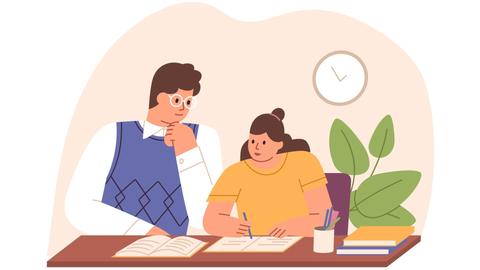
A significant stage in the development of the alternative education system has begun in West Northamptonshire in the UK: the County Council is actively calling on parents, guardians, and trustees to participate in shaping the future of this key area.

Outwoods Primary School in Atherstone, Warwickshire, having experienced deep sadness after the loss of their famous cat, Silla, has found solace in a new pet – a Maine Coon named Aloysius O’Hara.
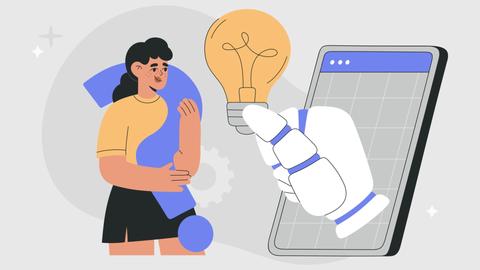
In modern universities, artificial intelligence, and in particular ChatGPT, is rapidly transforming from a controversial tool into a full-fledged student assistant.
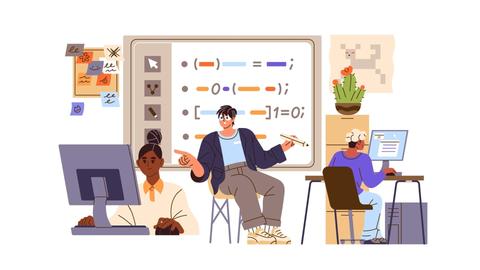
An innovative educational project is gaining momentum in UK primary schools, aiming to change attitudes towards video games.

The Massachusetts Institute of Technology (MIT) presents MIT Learn – a revolutionary online platform that opens a “new front door” to access university knowledge and resources.




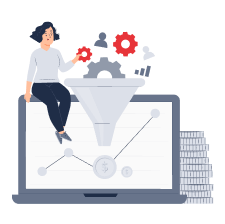




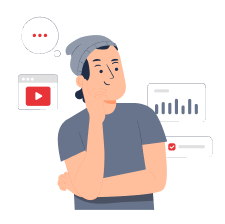

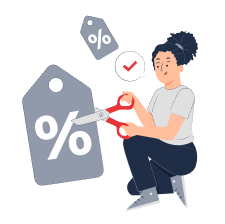
 How Not to Lose Focus When Learning Everything at Once: The Art of Selective Development
How Not to Lose Focus When Learning Everything at Once: The Art of Selective Development
 Test. What Winter Dessert Are You?
Test. What Winter Dessert Are You?
 What New Skills You Should Start Learning Today
What New Skills You Should Start Learning Today
 Test: What Kind of Ancient Goddess Are You?
Test: What Kind of Ancient Goddess Are You?
 Test: Which Great Woman Would Invite You for Tea?
Test: Which Great Woman Would Invite You for Tea?
 Test: How Well Do You Balance Work and Personal Life?
Test: How Well Do You Balance Work and Personal Life?
